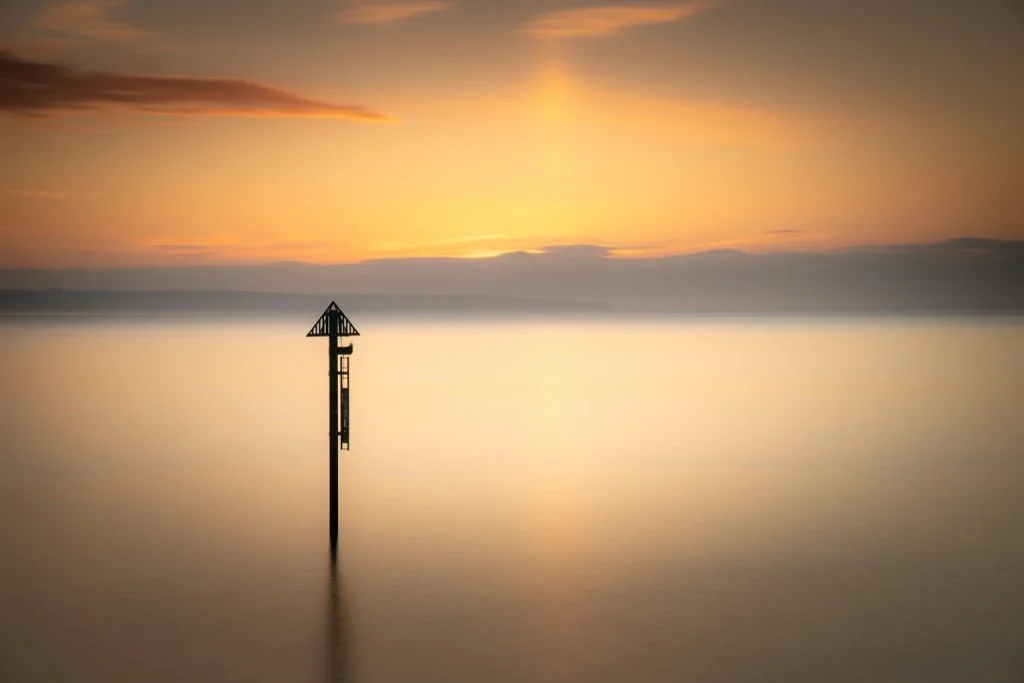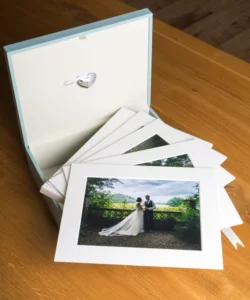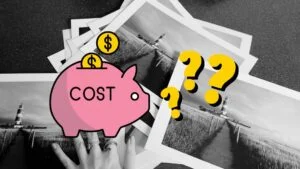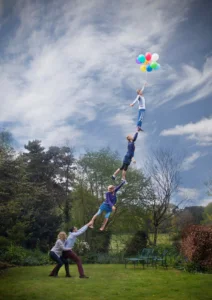About Nigel
Nigel Thomas is a passionate landscape photographer whose journey began during a very difficult time. After experiencing a severe mental health breakdown in 2015, Nigel faced some of the darkest times of his life. In search of solace and a therapeutic outlet, he took up landscape photography in 2018. This hobby quickly became a passion and his best form of therapy, helping him to cope with the depression and anxiety.
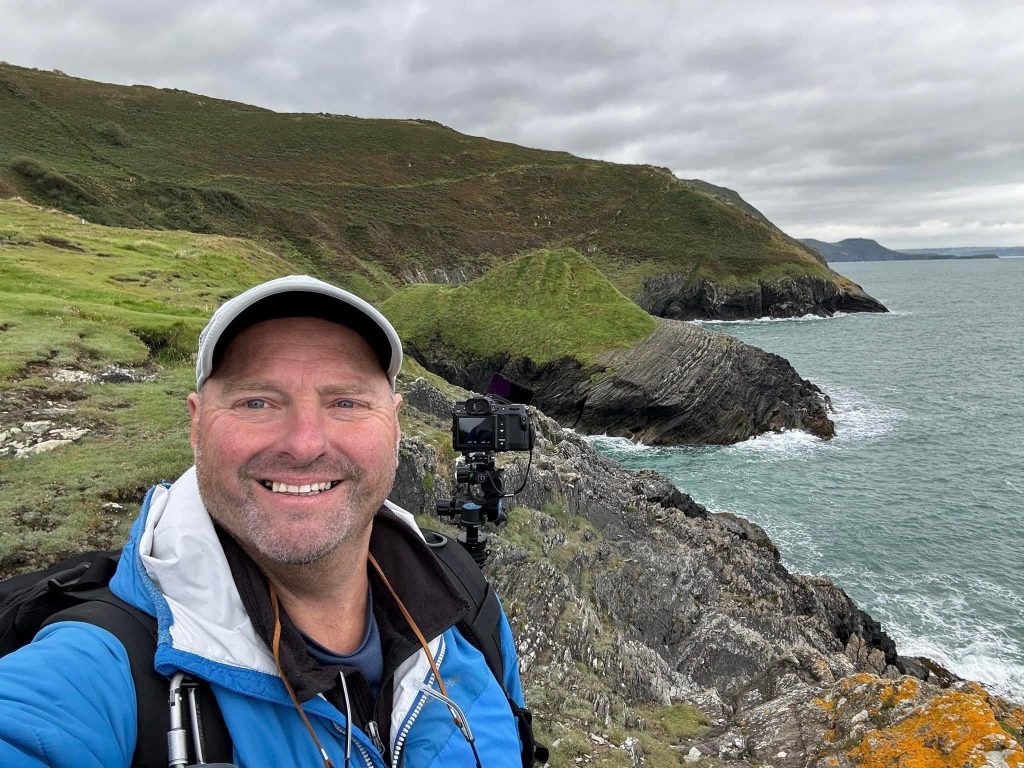
Nigel’s Journey
There was a time when I didn’t recognise the man in the mirror.
I had fallen into a deep, dark place – the kind where every day felt like climbing a mountain with no summit in sight, and the outside world seemed impossibly far away. My life had shrunk to four walls. My mind was at war with itself. From 2015 through to 2018, I lived in a fog of numbness, anxiety, and hopelessness – three years I wouldn’t wish on anyone, and never want to go through again.
But in 2018, something shifted. I found an old camera tucked away in a drawer. I hadn’t touched it in years. I don’t even remember what made me reach for it, but something deep inside whispered, “Maybe this can help.”
And it did.
At first, photography was simply a reason to leave the house. A short walk. A few snaps. Nothing special. But as I stood behind the camera, something began to change. The camera became more than a tool – it became a lifeline. I started venturing further – woodland trails, rugged coastlines, the open hills. With each step, the world slowly opened back up.
And with every photo I took, I began to breathe again. I felt present. Connected. Alive.
Nature had a way of soothing the noise in my head. Photography gave me something to focus on beyond the chaos – a reason to get out, even on the hardest days. Each outing with my camera became a small act of healing.
I was drawn to those quiet, magical blue hour moments – dawn and dusk, when the world holds its breath. Long exposures of serene coastal waters and misty mornings became my meditation. Through my photography, I started to rebuild not only my confidence, but my identity. I wasn’t just existing anymore. I was creating. I was living again.
Then in 2022, I had a heart attack.
Another setback. Another challenge. But also, strangely, an opportunity.
As I recovered, I needed something to focus on – something positive. So I threw myself into learning how to print properly. I wanted to do justice to the images I had captured, and more than that, I wanted to hold something real in my hands – a moment in time, something that meant something.
Printing brought me something digital images never could – depth, permanence, emotion. It wasn’t just ink on paper. It was evidence that I’d made it through, that I’d witnessed beauty and chosen to capture it. Each print became part of my recovery. Each one a reflection of where I’d been, and how far I’d come. I fell in love with it. I spent countless hours refining my technique, learning the craft, chasing that feeling of seeing an image come to life on paper. I realised that my prints weren’t just pieces of my artwork — they were pieces of my journey. Tangible proof of healing, of resilience, of hope.
In 2024, I hosted my first solo exhibition – over a hundred of my favourite landscape images, all printed and mounted by hand. It was one of the most emotional experiences of my life. Not just because the prints were on display, but because I was too. Each image was a piece of me, a testament to everything I’d survived and everything I’d found through the lens.
PermaJet had kindly given me significant support with 2 of my favourite papers for the exhibition prints, PermaJet Photo Art Silk 290 and their Baryta Rag 310.
A few months later, I became a PermaJet Envoy and Lecturer – a role I feel truly honoured to hold. Not because it’s about recognition, although that is nice, but because it gives me the chance to give back. To help others discover the joy, peace, and purpose that printing has given me.
My camera club talk, “How to Achieve the Perfect Print,” isn’t just a tech tutorial. It’s a passion project. It’s about helping others fall in love with the process – showing them how creating something tangible can deepen their connection to their images, and maybe even to themselves.
I get that printing can feel intimidating. But honestly, it’s not rocket science. With patience and consistency, anyone can do it. And the reward? It’s huge. There’s nothing quite like holding your own work in your hands and seeing it come to life.
These days, I offer coastal photo walks, print mentorship, and one-on-one support – online, over Zoom, and in person. Because sometimes, all we need is a little encouragement. Sometimes, we just need someone to believe in us when we’re struggling to believe in ourselves.
Photography didn’t just help me recover.
It gave me purpose.
It helped me see the world – and myself – through gentler, kinder eyes.
Of course, I still live with anxiety and depression. This isn’t some neat “happily ever after.” There are still hard days. But now I have coping strategies – photography, printing, being in nature, and most of all, being honest about how I feel. These things pull me through.
And that brings me to something I now believe in just as deeply as photography:
It’s good to talk.
It’s good to say, “I’m not okay.”
Talking isn’t weakness – it’s strength.
It’s how we heal. It’s how we connect. It’s how we break the silence around mental health. Being open about my struggles has become one of the most powerful tools in my journey. It’s how I reach others. It’s how I raise awareness. It’s how I try, in my own small way, to beat the stigma.
Mental health challenges are real. They’re hard. They can feel isolating. But they don’t define us – and we don’t have to face them alone.
So yes, I am still on a journey. I’m still healing. Still learning. Still creating. But if sharing my story helps even one person feel less alone, then it’s worth every word. Let’s keep the conversation going. Let’s keep breaking the stigma. Let’s remind each other – and ourselves – that it’s always okay to ask for help.
Because if there’s one thing I’ve learned, it’s this:
Even in our darkest moments, we can still create light.
